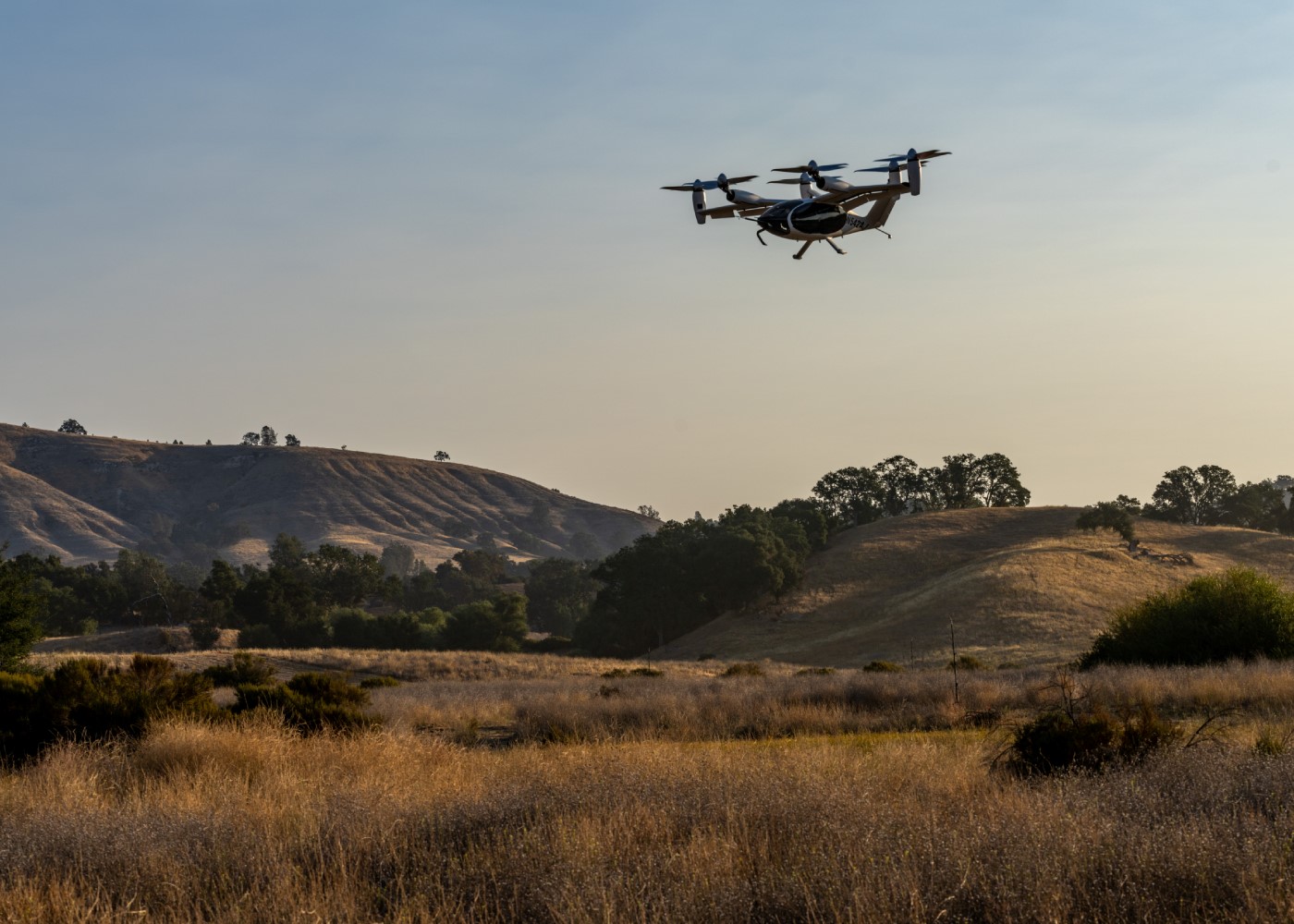EF Global VTOL
10 Oct 2022

In January 2022, in China’s JiangSu province, a team of R&D engineers, assorted executives, and others from the air taxi company AutoFlight gathered to witness the ascension of the Prosperity I drone.
On command, the remote-operated electric vertical take-off and landing (eVTOL) aircraft — resembling a combination helicopter, light airplane, and eight-rotor drone — lifted vertically into the air until it was around 500 feet up. When it reached this altitude, it switched into a mode of flight akin to an airplane; the rotors on the top ceased to spin and locked into position, while the rear propellers began to push the aircraft forward like a traditional fixed wing plane. It then started to travel horizontally at speeds of up to 123mph, before landing smoothly, once more in vertical mode. The proof-of-concept test — showing this unusual form of locomotion in action — was considered a rousing success.
“For our cruise flights, we’re not flying like a drone — which you would expect — with propellers,” Mark Henning, AutoFlight’s European Managing Director, formerly of Airbus, told Digital Trends. “We have a real wing, which is necessary for an efficient flight. It means that [our craft flies] aerodynamically. The transition between vertical flights and what we call the fixed wing phase is, from a flight mechanical point of view, something extremely interesting. That’s something that not too many companies have mastered. … We think it’s worthwhile to tell the world.”
It is, of course, one thing to tell the world about some big potential breakthrough in air transportation. It’s another to deliver on it. The JiangSu test was a delivery — at least partially.